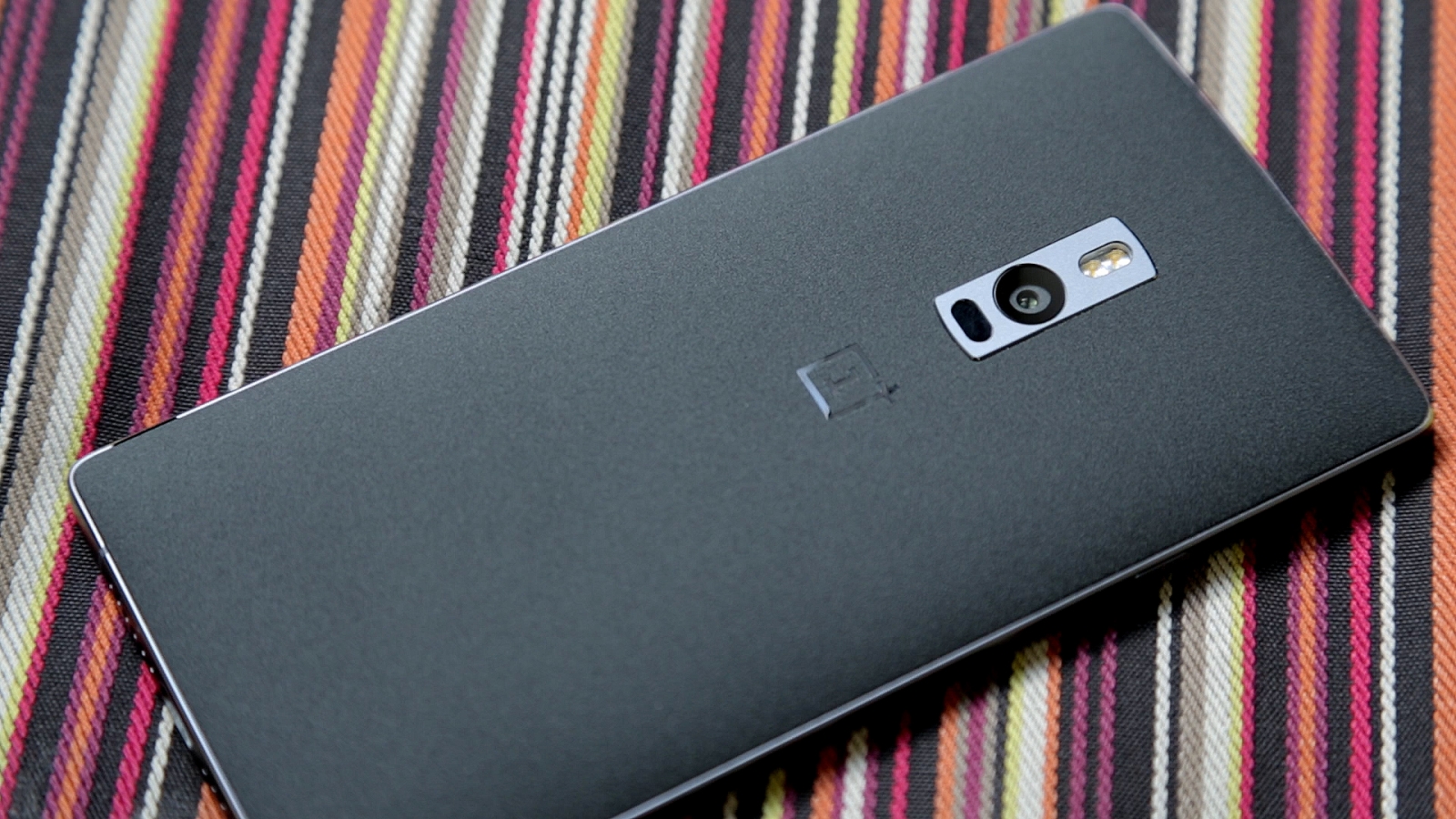Quite recently, nobody even thought of smart modular technology. However, the progress cannot be stopped; soon our life will be added by various electronic modular devices, a new subtype of mobile electronics: modular smartphones and tablets, modular watches, smart bracelets, “intelligent” belts, and other accessories.
It is worth noting that not only new companies enter the market with their startup projects on modular smartphones, tablets, and smart modular watches but also big corporations, the sharks of the consumer industry. The following modular electronics projects are worth the mention.
Modular Smartphones
Puzzlephone: The Finns. Finnish development engineers from Circular Devices have stretched their claws to reach modular smartphones users in a relatively new segment. These guys managed to create a prototype of the modular smartphone consisting of three components: brain, heart and skeleton. According to the development engineers’ concept, the brain is a processor; the heart is a power supply and battery; and the skeleton is a combination of the device’s frame and display.

Phonebloks: The Dutchmen. The project is a kind of electronic Lego transformer – smart phone made of electronic devices – modules – easily replaceable by its owner in case of damage, upgrade or for some other reasons. This idea belongs to Dave Hakkens – a Dutch designer. This concept inspires manufacturers of electronic smart phones because they see a huge potential for extra customization of the already produced component electronic base with minimum business expenses.
Magic Cube: The Chinese. The project from the Chinese manufacturer Xiaomi with the code name Magic Cube was announced on the Internet and by mass media. It has tiny block design, namely: framework, processor unit, battery and photo/video camera. All the Magic Cube modules are supposed to be made of different colors. However, nothing more is known of this phantom project because no other information leaked to the press yet.
ZTE Eco-Mobius
ZTE Eco-Mobius: Another Chinese company that has aspired to keep abreast of the modular smartphone industry in the future, has announced a modular smartphone which, apart from the slide frame, includes a display, processor core with the built-in camera module on magnet clips, and built-in power supply represented by the battery. Nothing more is known except that this exhibit was presented at CES 2014, albeit under the glass.













